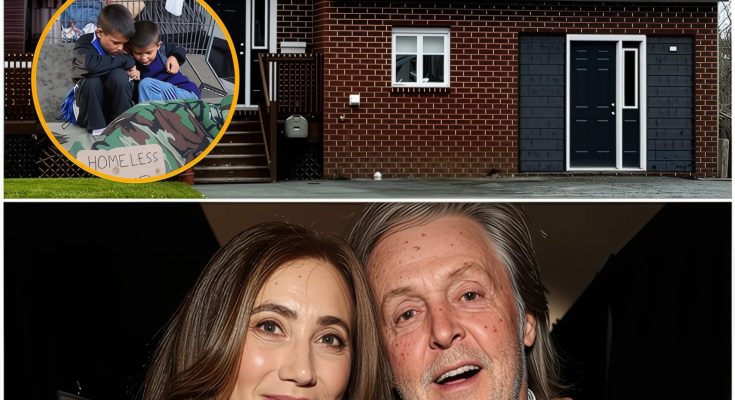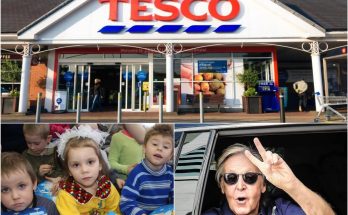LIVERPOOL, England — In a move that transcends philanthropy to become a profound personal homecoming, Sir Paul McCartney and his wife, Nancy Shevell, have invested £2.8 million (approximately $3.5M) to purchase and transform a property in Liverpool into a state-of-the-art shelter for homeless youth. This isn’t merely a charitable donation; it is a powerful gesture, weaving together the threads of memory, music, and a deep-seated duty to the city that forged a legend.
The project, announced today, will see a specific house in the city—the details of which are being closely guarded for privacy and security reasons—completely renovated into a safe haven. It will provide not just beds, but comprehensive support services, including counseling, educational resources, and career guidance for young people facing homelessness.
But for McCartney, Liverpool is more than a dot on a map. It is the crucible of his identity. It’s the streets where he played as a child, the rebuilt port city that hummed with post-war energy, and, most famously, the hallowed ground where he met John Lennon, giving birth to the creative partnership that would change music forever.
In a moving and deeply personal statement, McCartney explained his motivation: “Liverpool gave me everything. It gave me my voice, my friends, my dreams, and my career. Walking those streets as a kid, you feel the energy of a city that’s tough but has a heart of gold. Nancy and I knew we wanted to give back in a way that was meaningful and lasting. If we can give a young person a safe place to lay their head and a chance to find their own path, then we’ve done something truly important.”
The announcement, however, begs the question: why this particular house? While the location remains undisclosed, sources close to the project hint that the building holds a significant, yet private, connection to McCartney’s past. It is not the house where he was raised—20 Forthlin Road, now a National Trust property—but is believed to be in a neighborhood resonant with his formative years. Was it the home of a beloved relative? A place where a young Paul found solace or inspiration? The mystery adds a layer of poignant intimacy to the grand gesture, suggesting this shelter is a direct response to a memory etched into the fabric of his life.
Furthermore, McCartney hinted that this project is not an endpoint, but a beginning. He called it “the first step in a broader mission” to support the city’s most vulnerable youth, suggesting further investments or initiatives could be on the horizon. This could signal the launch of a larger foundation dedicated to tackling youth homelessness, not just with shelter, but with the tools for creativity and success that Liverpool once gave him.
The news has been met with an outpouring of local pride and gratitude. Liverpool City Council praised the McCartneys for their “enormous heart and commitment,” noting that the shelter will address a critical need in the community.
Ultimately, this is more than a headline about a celebrity donation. It is the story of a global icon returning to his roots, not for a concert or a ceremony, but to mend a broken piece of the community that built him. By transforming a house full of personal history into a beacon of hope for the future, Paul McCartney is ensuring that Liverpool’s next generation has a place to find their own voice, just as he did.



